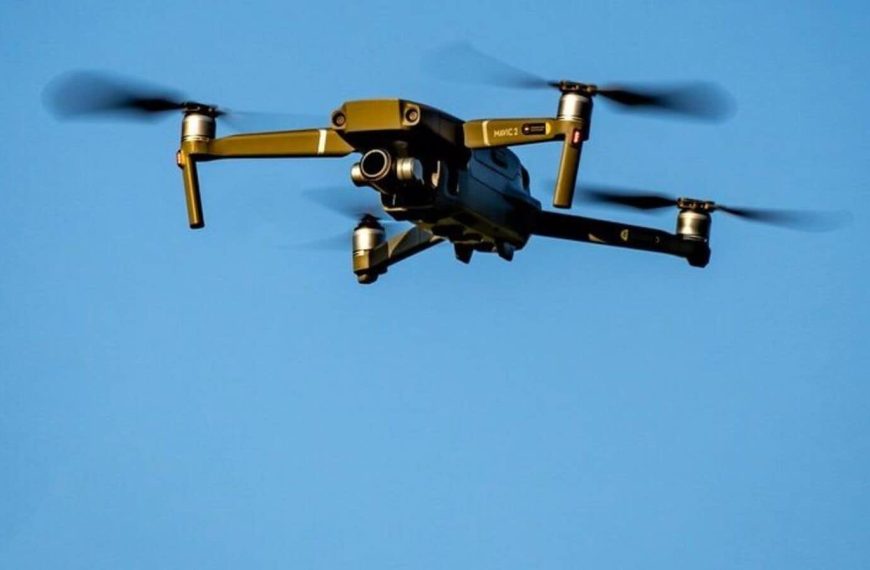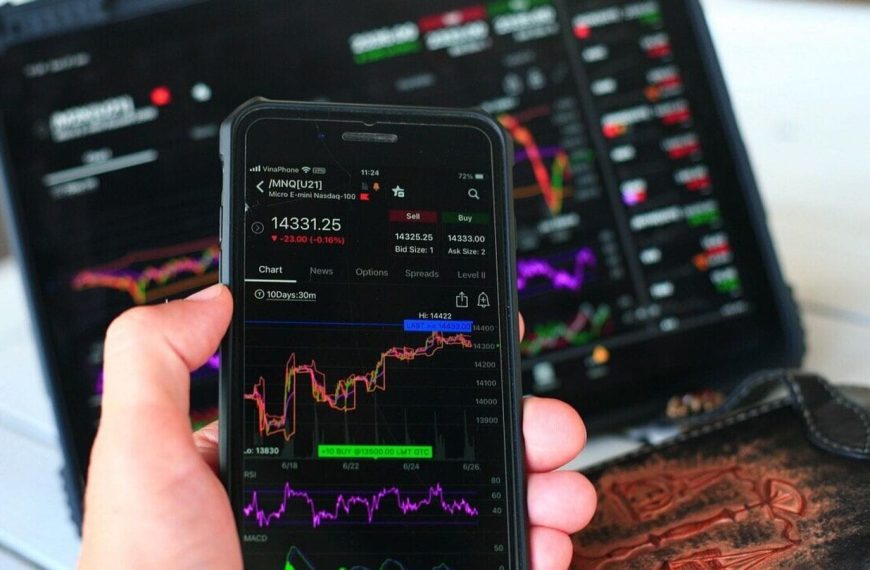Tensions between India and Pakistan have escalated, leading to an anticipated gap-down opening for the GIFT Nifty for the second day in a row. This comes after Pakistan launched missile and drone attacks on Indian cities last night. In contrast, US markets ended positively, buoyed by President Donald Trump’s announcement of a new trade agreement with the UK and a significant reduction in tariffs on China. As a result, Asian indices kicked off Friday’s trading on an optimistic note.
Market Overview: Nifty and Sensex Performance
On Thursday, the NSE Nifty 50 experienced a decline, closing down by 140 points, equating to 0.58%, at 24,274. Conversely, the BSE Sensex recorded a rise, gaining 412 points or 0.51%, to settle at 80,335.
Escalating India-Pakistan Conflict
Late Thursday, India responded to an unprovoked attack from Pakistan, which targeted its cities and military installations. Indian defense forces intercepted several drones over critical areas during widespread blackouts. The Indian Air Force and the Ministry of Defence confirmed that three military stations in Jammu, Pathankot, and Udhampur were among the targets. Notably, eight missiles aimed at Jammu were successfully intercepted.
Asian Markets React to US Developments
As a result of anticipated tariff reductions by the US, major Asian markets opened positively on May 9. The Nikkei 225 index in Japan surged by 1.19%, gaining 438 points to reach 37,367. Meanwhile, Hong Kong’s Hang Seng index rose by 0.35% to 22,856. However, Korea’s Kospi saw a slight decline of 0.07% to 2,577, while the Shanghai Composite dipped marginally by 0.01% to 3,351.
US Stock Market Gains
The US stock markets enjoyed a boost on Thursday following the signing of a landmark trade agreement with the UK aimed at lowering tariffs. The Dow Jones Industrial Average increased by 254.48 points, or 0.62%, closing at 41,368.45. The S&P 500 also saw gains of 0.58%, finishing at 5,663.94, while the Nasdaq Composite climbed 1.07% to close at 17,928.14.
Details of the UK-US Trade Agreement
President Donald Trump unveiled a significant trade deal with the UK, which includes tariff reductions on various goods and facilitates a $10 billion purchase of Boeing aircraft. This marks the first major trade agreement since the imposition of reciprocal tariffs on many countries earlier this year.
Potential US-China Tariff Reductions
There are expectations that the Trump administration may soon reduce the reciprocal tariffs on Chinese imports, possibly as early as next week. Reports suggest that the current tariffs of 145% could be lowered to 50%-54%, with reductions on tariffs from other nations expected to drop to 25%.
US Dollar Movement
On Friday morning, the US Dollar Index (DXY), which measures the dollar’s performance against a basket of six foreign currencies, showed a slight increase of 0.08%, reaching 100.72. This index provides insight into the dollar’s strength relative to major currencies, including the British Pound, Euro, Japanese Yen, and others. Meanwhile, the Indian rupee depreciated by 1.01%, closing at 85.69 against the dollar on May 8.
Decline in Indian ADRs
All seven American Depository Receipts (ADRs) of Indian companies experienced losses. MakeMyTrip saw the steepest decline, plunging 13.3% to $97.13. WNS Holdings followed with a decrease of over 5%, trading at $55.80. Other significant dips included HDFC Bank and Infosys, both of which fell by 5%, though they managed to recover slightly, closing 4.5% lower.
Crude Oil Prices Remain Steady
Crude oil prices remained relatively stable on Friday, with WTI crude trading at $59.95, reflecting a minor increase of 0.06%. Brent crude was priced at $62.89, up by 0.07% in morning trading.
Foreign and Domestic Institutional Investors
On May 8, Foreign Institutional Investors (FIIs) were net buyers, purchasing shares worth Rs 2,007.96 crore. In contrast, Domestic Institutional Investors (DIIs) were net sellers, offloading shares valued at Rs 596.25 crore, according to provisional data from the NSE.
This intricate web of market movements and geopolitical tensions highlights the interconnected nature of global finance and politics, making it crucial for investors to stay informed.











